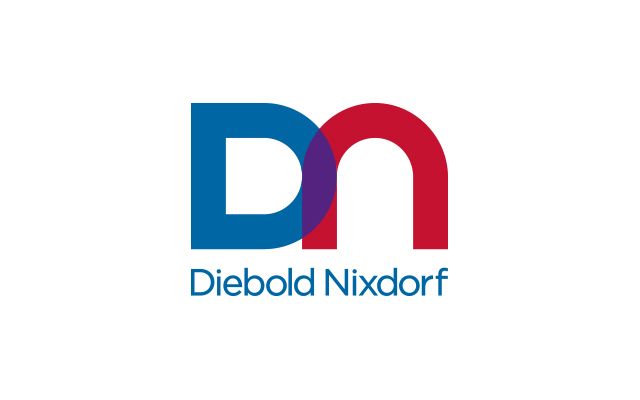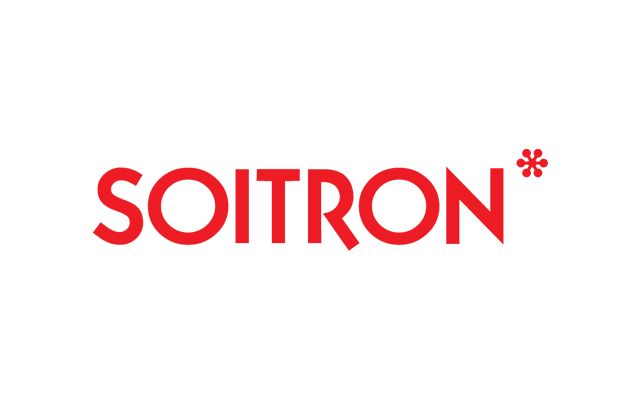Modul ICND 1
Interconnecting Cisco Networking Devices Part 1
Modul ICND 1
Interconnecting Cisco Networking Devices Part 1
ICND1: Interconnecting Network Devices, Part 1 is the first out of two parts for network professionals to take to prepare for the Cisco Certified Network Associate (CCNA) exam.
Module ICND1 contains the curriculum of CCNA1 and CCNA2 modules.
ICND1 introduces students to basic concepts in network technologies and helps develop the skills needed to design and implement small networks.
One of the main topics of ICND1 is the issue of dynamic routing in computer networks. Participants will receive an overview of internal routing protocols such as RIPv2, EIGRP and OSPF. Each of the protocols is discussed in depth - from the basic working principles in the network to configuration. Consideration is also given to the basic concepts of routing redistribution. The scope of the module's topics is closed by DHCP and NAT services.
Start of the course:24. 01. 2026
Duration of the course:4 týždňov
Cena kurzu: 999 €
Prihláška na kurzPrerequisites for training
- Basic computer skills,
- interest in learning new skills and self development in a technical field,
- general overview and knowladge of modern communication in the world of information and digital technologies,
- ability to work with the interface of the digital platform (Zoom, Cisco Webex, Microsoft Teams),
- respond flexibly to assigned tasks,
- ability to work in a team and fulfill study objectives.
Course objectives
The objective of the course is for the graduate, after its successful completion, to be able to:
- understand network terms, their purpose and meaning in data communication
- perform conversions between binary decimal and hexadecimal systems,
- create subnets with variable length of subnet mask,
- create simple LAN networks using router and switch,
- using the command line interface (CLI) to enter commands for the basic router and switch configuration,
- set the basic security of network devices in the data network,
- use common network tools to verify operation in a small network and analyze data transmission,
- describe layer models in data networks, function and addressing of each layer,
- connect networks using static routing (configuration of static routes),
- create summary static routes,
- backup and restore the configuration of individual devices in the network.
- Describe the basic properties and purpose of dynamic routing protocols.
- Configure and troubleshoot internal dynamic routing protocols RIPv2, EIGRP and OSPF.
- Describe the purpose of standard access lists in network address translation process – NAT.
- Configure and troubleshoot standard access lists.
- Explain the operation of the DHCP service.
- Configure and troubleshoot DHCP service.
- Explain the operating principle of the NAT process.
- Configure and troubleshoot NAT.
- Describe the foundation of redistribution in routing.
- Manage basic configuration of route redistribution.
Benefits of the study
- Access to study materials in electronic form 24/7
- Study materials are available in slovak and english mutation
- Access to electronic book (e-book)
- Online access to the state of the art labs on real Cisco devices 24/7
- Online access to many state of the art exercises in Cisco Packet Tracer network simulator
- Option to graduate in Cisco Networking Academy Program free of charge
- Option to obtain internationally recognized certificates from Cisco
- Option to obtain reference letter from Cisco
- Option to lend computer hardware for free during the study
- Option of individual consultations with a lecturer beyond the scope of the study
Course overview
Chapter 1: Introduction to computer networks
- Methods of use of a network for work and communication.
- Network devices and topologies of LAN and WAN networks.
- Network components (routers, switches, physical media).
- Internet and its development.
- The roles between end devices (server-client and peer-to-peer models).
- Methods of communication in networks (unicast, multicast, broadcast).
- Protocol as a means of exchanging information.
- Numbers systems .
- Positional notation with a common base.
- Conversion between binary, decimal and hexadecimal systems.
- IP protocol, introduction to network segmentation.
- IP protocol characteristics as a basic tool for communication in networks.
- Hierarchical structure of IP protocol.
- Subnet mask and its impact on network segmentation.
- Network segmentation with variable length subnet mask (VLSM).
Chapter 2: Router and its role in a network, Cisco IOS CLI
- Operating System Cisco IOS.
- Structure and operation of Cisco IOS.
- Introduction to CLI.
- Navigation in CLI.
- Basic configuration of routers and switches.
- Network interface configuration of a router and a switch.
- Security of routers and switches.
- Security of remote management.
- Backup and recovery of a configuration.
Chapter 3: Introduction to routing, static routing
- Characteristics of basic concepts and processes of routing.
- Routing table.
- Differences between static and dynamic routing.
- Processes of routing.
- Static routing.
- Connecting remote networks via static routing.
- Configuration of static routing.
- Network summarization.
- Explanation and utilization of network summarization.
- Calculation of summary IP address in binary and in decimal system.
- Practice use of a network summarization in routing.
Chapter 4: TCP/IP and ISO/OSI layer models
- Characteristics of each layer and its function.
- Description of layers from the network perspective.
- Physical layer.
- Data link layer.
- Network layer.
- Transport layer.
- Session layer.
- Presentation layer.
- Application layer.
Chapter 5: Introduction to dynamic routing, routing protocol RIP
- Characteristics of functions and use of dynamic routing protocols in the network.
- Algorithm and its meaning in dynamic routing.
- Classification of routing protocols into internal and external routing protocols.
- Comparison of older classful and newer classless routing protocols.
- Categorization of protocols into distance-vector and link-state with their comparison.
- A closer look at distance-vector protocols (working principle, prevention of routing loops, discovery of remote networks).
- Administrative distance and its importance in determining the best paths to remote networks.
- RIP protocol: working principle, comparison of versions 1 and 2.
- Explanation of the differences between automatic and manual summarization.
- RIPv2 configuration and troubleshooting.
- DHCP protocol, purpose in the network.
- Characteristics of DHCP server communication with DHCP client.
- DHCP Relay agent.
- DHCP configuration and troubleshooting.
- Floating static routes in redundant topology.
Chapter 6: EIGRP
- Description of basic properties and differences between other routing protocols.
- Explanation of terms: Successor, Feasible Successor, Feasible Distance and Feasibility Condition.
- EIGRP loop-free guarantee operation explained.
- Description of working databases necessary for EIGRP operation.
- Description of packets: hello, query, reply, acknowledgment.
- Detailed analysis of the operation of the DUAL algorithm when searching for alternative paths.
- Explanation of unequal cost load balancing.
- Adjustment of the metric for route preference.
- EIGRP stub, an addition to the stability of the EIGRP topology.
- EIGRP configuration and troubleshooting.
Chapter 7: OSPF
- Explanation of link-state protocols.
- Explanation of how router describes its surroundings by link-state packets (LSA).
- LSA packets handling in link-state database (LSDB).
- Operation of the SPF algorithm based on collected data about the network.
- Description of packets: hello, link-state request, link-state update, link-state acknowledgment.
- Explanation of a hierarchical model (single-area, multiarea).
- Roles of routers in areas.
- Detailed analysis of LSA packets in topologies with several areas (multiarea).
- A detailed look into the link-state database and the identification of LSA packets in it.
- OSPF configuration and troubleshooting.
Chapter 8: NAT, route redistribution
- Importance of NAT service in IPv4 networks.
- Standard access lists and their use in NAT.
- NAT translation properties.
- Advantages and disadvantages of NAT.
- Static NAT.
- Dynamic NAT.
- PAT translation.
- Configure and troubleshoot NAT service.
- Routing redistribution in networks with multiple routing protocols.
- The principle of forwarding routing information between individual dynamic routing protocols during the redistribution process.
- Metric adjustment of the metric for route redistribution.
- Basic configuration of route redistribution with one border router.
Chapter 9: Module review, preparation for the final exam
- Preparation for theoretical exam.
- Preparation for practice exam.



